In the Malaysian state of Sarawak, on the Island of Borneo, rampant industrial destruction is being stopped by people banding together to protect their communities, and the land. The Baram Dam proposal was just put on hold in response to a two year protest. But threats, and the corruption behind them, will continue.
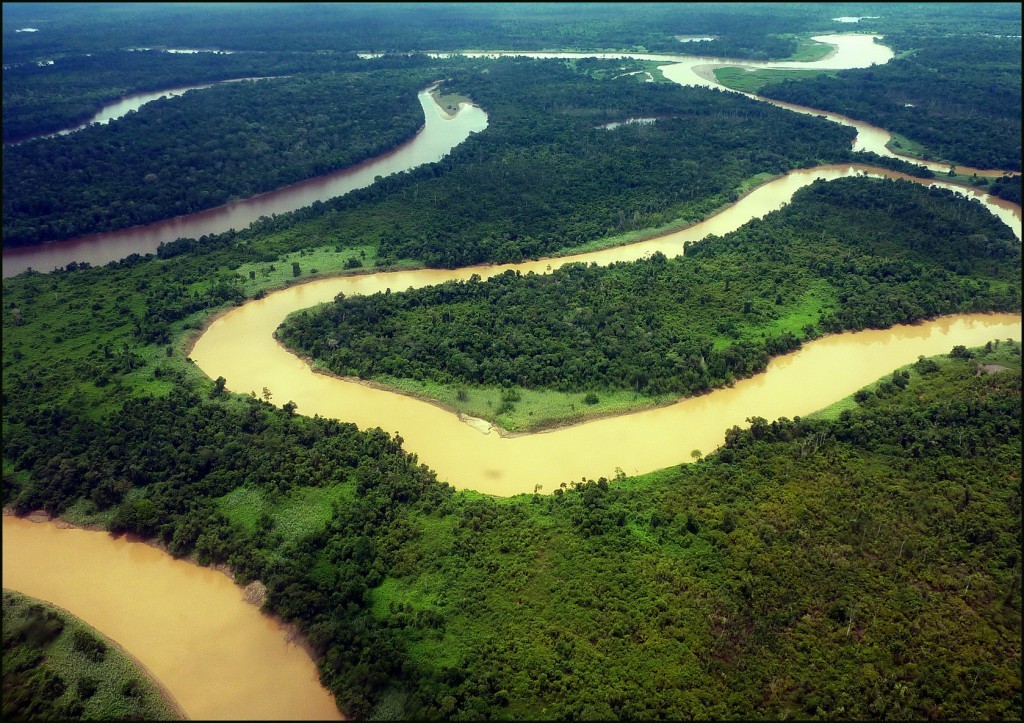

Baram Dam on Hold, Twenty Thousand Villagers will Keep their Homes
Published by Clean Malaysia
After two years of continuous protest, the tribes people of the Baram River can finally take a breath – a dam project that would have destroyed all their homes has been put on hold.
If completed, the Baram Dam would have annihilated everything upstream, flooding 400 square kilometers of rainforest, destroying 26 villages and displacing 20,000 people. For these reasons, the tribes people threatened by the dam, indigenous Kayan, Kenyah and Penan communities with help from SAVE Rivers and the national coalition of Indigenous People, Jaringan Orang Asal SeMalaysia, have been blockading the dam site for two years. Finally, the Malaysian state of Sarawak has responded by putting the project on hold “until further notice.”
Development Without Destruction: Logical Energy Alternatives to Destructive Mega Dams in Borneo
This is undoubtedly a big win for human rights in Malaysia. In a country where mining, palm oil plantations, logging and various other industries often take precedence over indigenous rights and environmental sustainability, a victory of public good over industrial and economic growth is a welcome change.
According to Berta Cáceres, 2015 Goldman Prize winner from Honduras, who visited the blockade recently, “This summit on indigenous peoples and rivers has a special value in that its actions give strength to the historic resistance of our peoples and makes visible the grave aggressions and conflict generated by the privatization of rivers and the construction of dams within Indigenous communities and regions.”
STORY: Elephants in Borneo: Need Lowland Forest Range
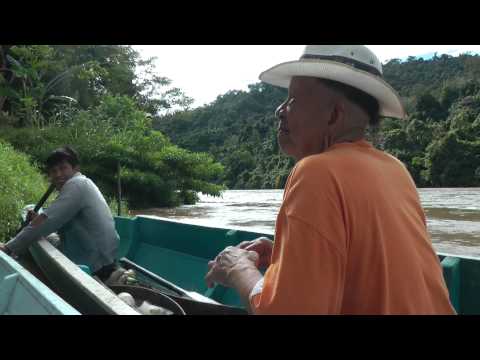
Watch this video on YouTube
Stop the Barma Dam: Orang Ulu Art and Culture
It is the unusual triumph of development over human rights in Malaysia, however, that has the tribes people wary of their government’s sudden decision to respect their wishes. Some speculate that the decision is more an economic than moral choice – the Baram dam is one of 12 mega-hydroelectric dams planned by the Sarawak government (government-owned Sarawak Energy Berhad (SEB), along with the two Chinese state-owned dam builders, China Three Gorges Corporation and SinoHydro), and existing dams already produce more energy than the state needs. There has even been talk that the plug may be pulled on the entire 12-dam project.
The Penan people of Borneo were once the Islands’ nomadic hunter-gatherers, stewards of the forest, possessing instinctive knowledge of plants and animals, and whose lives were constantly on the move. They traveled in family groups, stopping where the sago palm and hunting was plentiful, and moving on when the area was depleted, allowing it to regenerate. Their direction was often be decided by a sign, such as the flight of the eagle or sometimes by forest messages left by other Penan; these simple signs and messages connecting them both to other roaming families, and the forest itself. — All Points East
Despite such skepticism, the possibility that the Baram Dam will not be constructed is excellent news not just for the people, but the environments surrounding the Baram River. Lush rainforests – those of one of only 17 mega-diverse countries in the world – that once stood to be flooded now may survive. If the Baram dam went up, 1 million birds, 35 million mammals and 28 million trees would also have been eradicated. At least for now, these natural treasures and the 20,000 people that live among them are safe.
STORY: Indonesia: Peat Swamp Forest Protection Key to Climate
Wild World: Borneo. The world’s third largest island, it teems with some of the rarest and most magnificent life on earth. From National Geographic.
Updated 22 March 2021

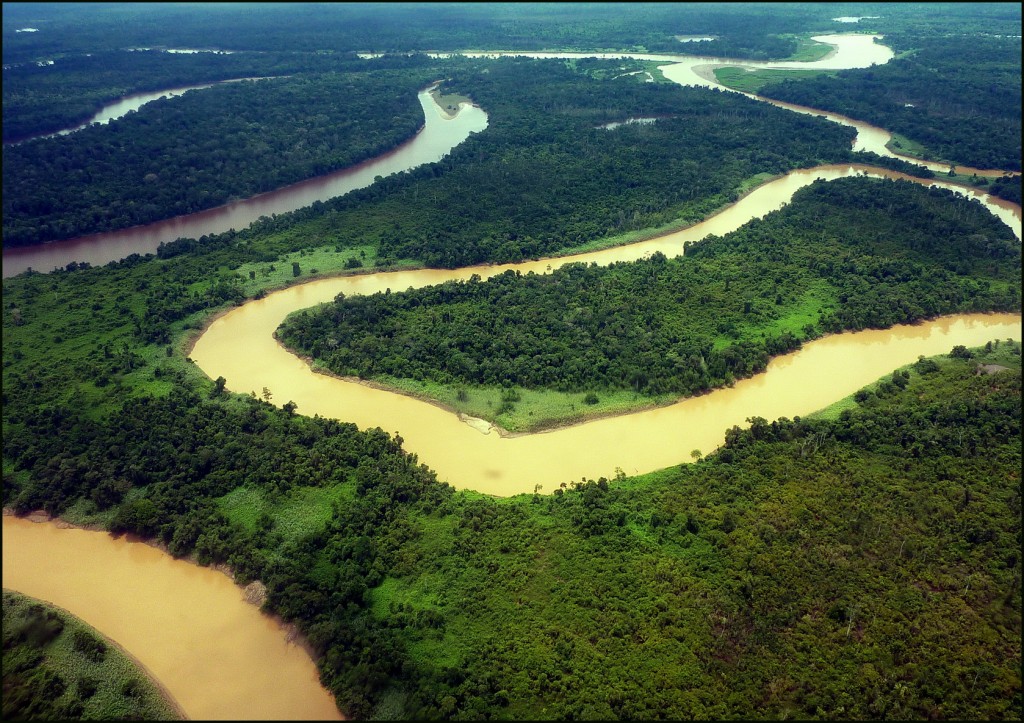



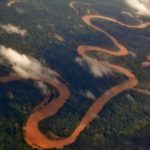
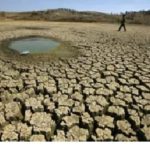
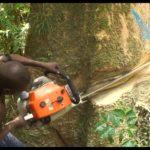






Pingback: Papua New Guinea: Sepik River Initiation and the Crocodile Cult